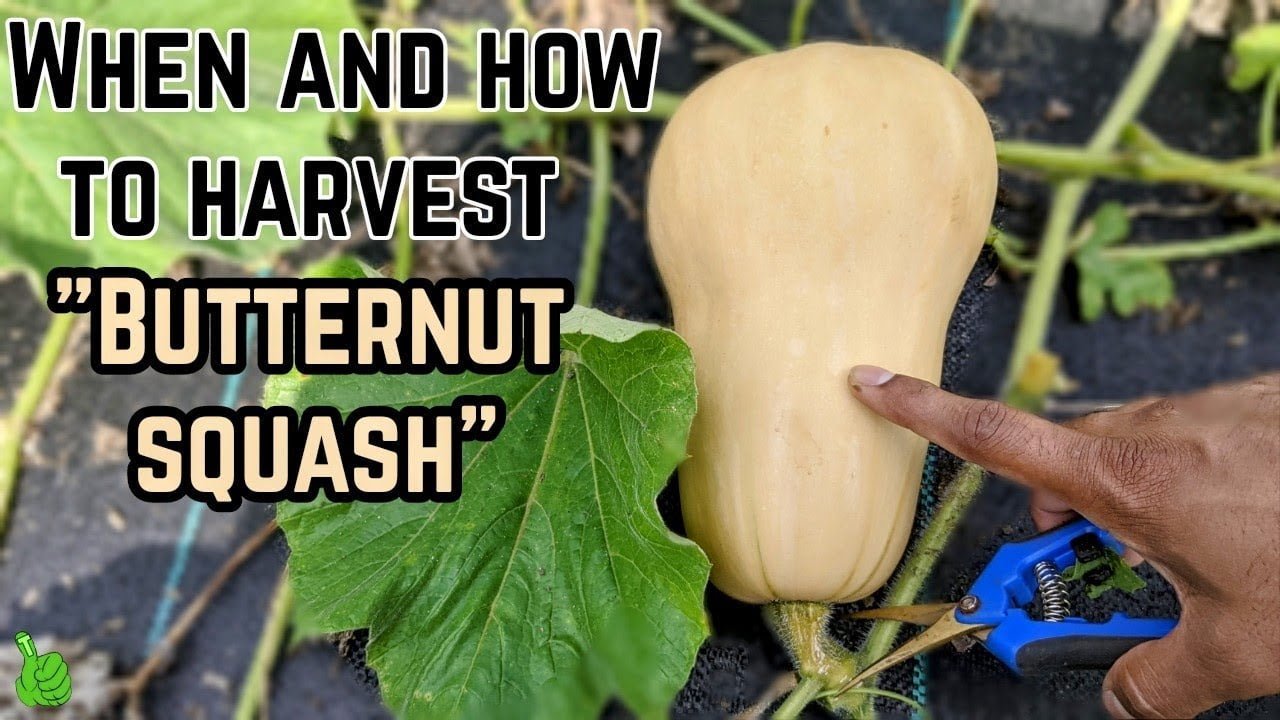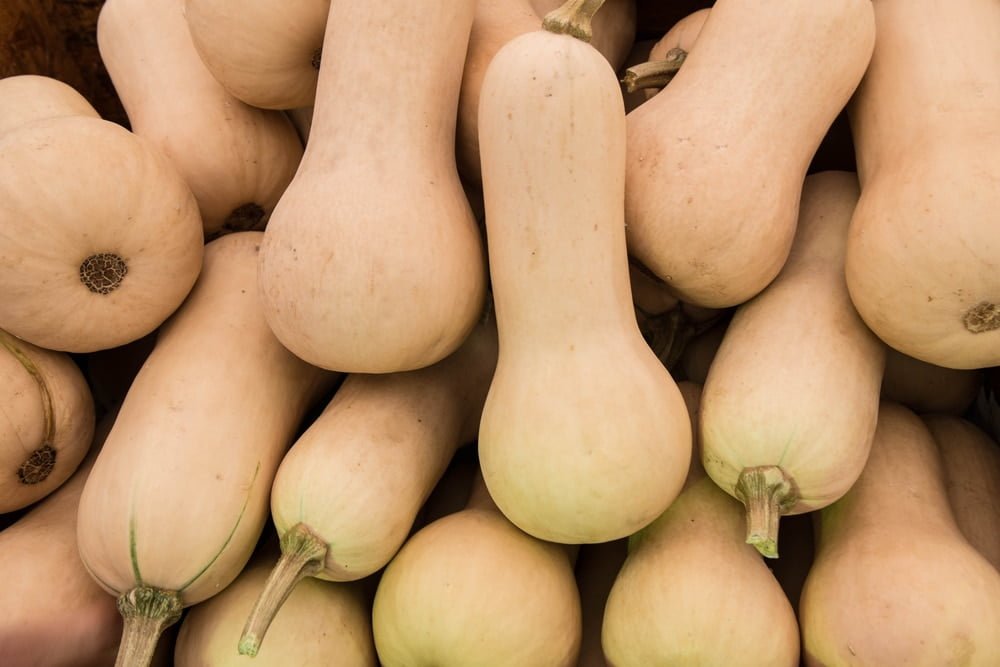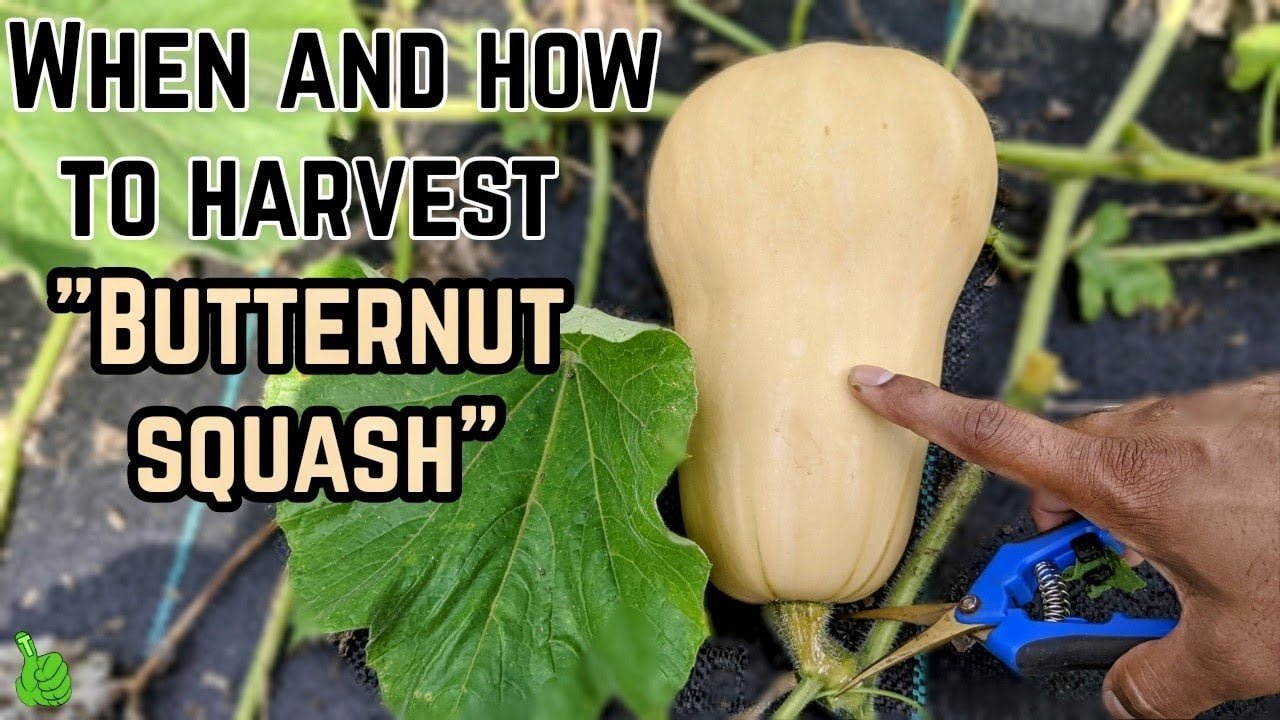Are you eagerly anticipating the moment when you can harvest your homegrown butternut squash and savor its delicious flavors? Wondering when is the perfect time to pluck those beautiful fruits from the vine? Well, fret no more! This article will provide you with all the information you need to ensure your butternut squash is picked at its prime. From understanding the signs of ripeness to determining the optimal harvesting period, we’ve got you covered. Get ready for a bountiful harvest of mouthwatering butternut squash!

Factors to Consider in Harvesting Butternut Squash
Harvesting butternut squash at the right time is crucial to ensure optimal flavor and texture. There are several factors you need to consider before picking your butternut squash, including ripeness indicators, average harvest time, weather conditions, growth and maturity, size and weight, frost warning, stem and skin color, leaves and vines, curing process, and storage potential. By understanding these factors, you can enjoy a bountiful harvest of delicious butternut squash.
Ripeness Indicators
Before harvesting butternut squash, it’s important to look for certain ripeness indicators. These indicators can help you determine if the squash is ready to be picked. Hardened skin is one such indicator as it indicates that the squash has matured. A matte surface and dull color are also signs of ripeness. Additionally, fully developed ridges on the squash’s skin are a clear indication that it is mature and ready to be harvested. By analyzing these indicators, you can ensure you’re harvesting fully ripe butternut squash.

Average Harvest Time
Knowing the average harvest time for butternut squash can guide you in determining when to pick them. The days to maturity can vary depending on the specific variety of squash you are growing. On average, butternut squash takes about 80 to 100 days to reach maturity from the time it is planted. However, keep in mind that this is just an estimate, and actual maturity may vary depending on various factors.
Another way to determine the harvest time is by considering the first frost date in your area. Butternut squash reaches its peak flavor when it is harvested before the first frost. By planning your harvest in accordance with the first frost date, you can ensure that you pick your squash at the optimum time.
The fifth node method is another technique you can use to determine harvest time. This method involves counting the nodes on the main vine starting from the seed and harvesting the squash when the plant reaches the fifth node. This method provides a more accurate estimate for when to harvest your butternut squash.
Weather Conditions
Weather conditions play a significant role in determining the ideal time to harvest butternut squash. It is important to avoid harvesting during extreme temperatures, such as very hot or cold weather. Both high temperatures and frost can negatively affect the quality of the squash. Aim to harvest when the weather is mild and stable.
Additionally, the dampness and rainfall in your region can impact the quality of the squash. Excessive moisture can lead to rotting and fungal diseases, so it’s best to avoid harvesting when the weather is too wet. Plan your harvest during a dry spell to ensure the best outcome.

Growth and Maturity
Understanding the growth and maturity stages of butternut squash will help you determine the right time to harvest. The development stages of the squash can be categorized into several phases. Initially, the squash will develop small and green. As it grows, it will gradually turn yellow and develop ridges. Once it reaches its full size and the skin hardens, it is ready to be harvested.
Pay attention to the size and weight of the squash as well. Fully mature butternut squash should be around 8 to 12 inches long and weigh between 2 to 4 pounds. These size and weight ranges indicate that the squash has reached its peak flavor and texture.
Yellowing vines and brown, dying leaves are also signs that the squash is mature and ready to be harvested. As the squash matures, the vines and leaves will naturally start to deteriorate. Keep an eye out for these changes as they are indicators that it’s time to pick your butternut squash.
Size and Weight
When it comes to butternut squash, size and weight are crucial factors in determining ripeness. Recommended sizes for harvesting are typically between 8 to 12 inches long. Squash within this size range usually exhibit the best flavor and texture. However, larger squash can also be harvested if desired.
To estimate the weight of your butternut squash, it’s helpful to know the typical weights for mature squash. On average, fully mature butternut squash weighs between 2 to 4 pounds. Keep in mind that these weights can vary depending on the specific variety and growing conditions.

Frost Warning
Frost can be detrimental to butternut squash, both in the garden and during storage. Before harvesting, it’s essential to understand the squash’s frost tolerance and take precautions to prevent frost damage. Butternut squash is generally frost-sensitive, and exposure to frost can cause the squash to deteriorate or rot.
To protect your squash from frost, aim to harvest before the first frost in your area. Keep an eye on the weather forecast and plan your harvest accordingly. If an unexpected frost is predicted, consider covering your plants with a frost cloth or bringing the squash indoors to ensure their safety.
Stem and Skin Color
Examining the stem and skin color of butternut squash is another useful method to determine ripeness. A ripe butternut squash will have a corky, brown stem. On the other hand, an immature squash will have a green stem. The corky texture and brown color indicate that the squash is fully mature and ready to be harvested.
The skin color of a ripe butternut squash should be uniform and creamy/tan. Avoid picking squash with green patches or blotches, as these may indicate the squash is not yet fully ripe. A consistent color across the entire surface of the squash ensures optimal flavor and texture.

Leaves and Vines
Observing the condition of the leaves and vines can provide further insights into the readiness of your butternut squash for harvest. As the squash matures, the leaves will start to dry and wither. This drying process is a natural occurrence and is an indication that the squash is reaching its peak ripeness.
Similarly, the vines of the squash will start to wither as the fruit matures. Pay attention to the overall appearance of the vines and ensure that they are dying off. This change in the vines’ condition serves as another sign that it’s time to harvest your butternut squash.
Curing Process
After harvesting butternut squash, it is essential to undergo a curing process to enhance their flavor and prolong their storage potential. Curing involves allowing the squash to cure in a warm, dry location for a specific period. This process helps to harden the skin, heal any minor injuries, and improve the taste.
To properly cure your butternut squash, place them in a well-ventilated room with temperatures around 80°F (27°C) and low humidity. Allow the squash to cure for about 7 to 10 days. During this time, the outer skin will become firmer, allowing for longer storage without spoiling.
Storage Potential
The length of storage and ideal storage conditions for butternut squash are essential factors to consider after harvest. Butternut squash can be stored for several months if kept in suitable conditions. Generally, they can be stored for up to three months or even longer, depending on the squash’s quality and storage conditions.
To maximize the storage potential of butternut squash, it’s crucial to keep them in a cool and dry environment. The ideal temperature for storage is around 50 to 55°F (10 to 13°C). Additionally, ensure that the squash is stored in a well-ventilated area to prevent moisture buildup, which can lead to mold and rotting.
By following these guidelines and considering the relevant factors, you can successfully harvest and store your butternut squash, ensuring a delicious supply throughout the year.
In conclusion, harvesting butternut squash at the right time is essential for a tasty and enjoyable culinary experience. By understanding the ripeness indicators, average harvest time, weather conditions, growth and maturity, size and weight, frost warning, stem and skin color, leaves and vines, curing process, and storage potential, you will be well-equipped to make informed decisions when harvesting your butternut squash. Remember to consider these factors and enjoy the bountiful harvest of this versatile and delicious winter squash.



